Puzzling through the Future
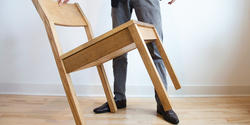
For Justin Seow 18 FD, receiving the recent news that he has earned a Windgate Fellowship from The Center for Craft, Creativity & Design was surreal. “It was like getting hit by a ghost bus,” says the recent Furniture Design graduate, “or like my soul had been slapped out of my body and I was floating on a cloud for the next day.”
As one of 10 graduating seniors throughout the US to win the $15,000 award, Seow will now take a class at Anderson Ranch in Colorado and travel to Japan to explore the relationship between magic, storytelling and craft through the puzzle furniture he began making at RISD. Here he recalls discovering RISD and furniture design, and the creative challenges that continue to excite him.
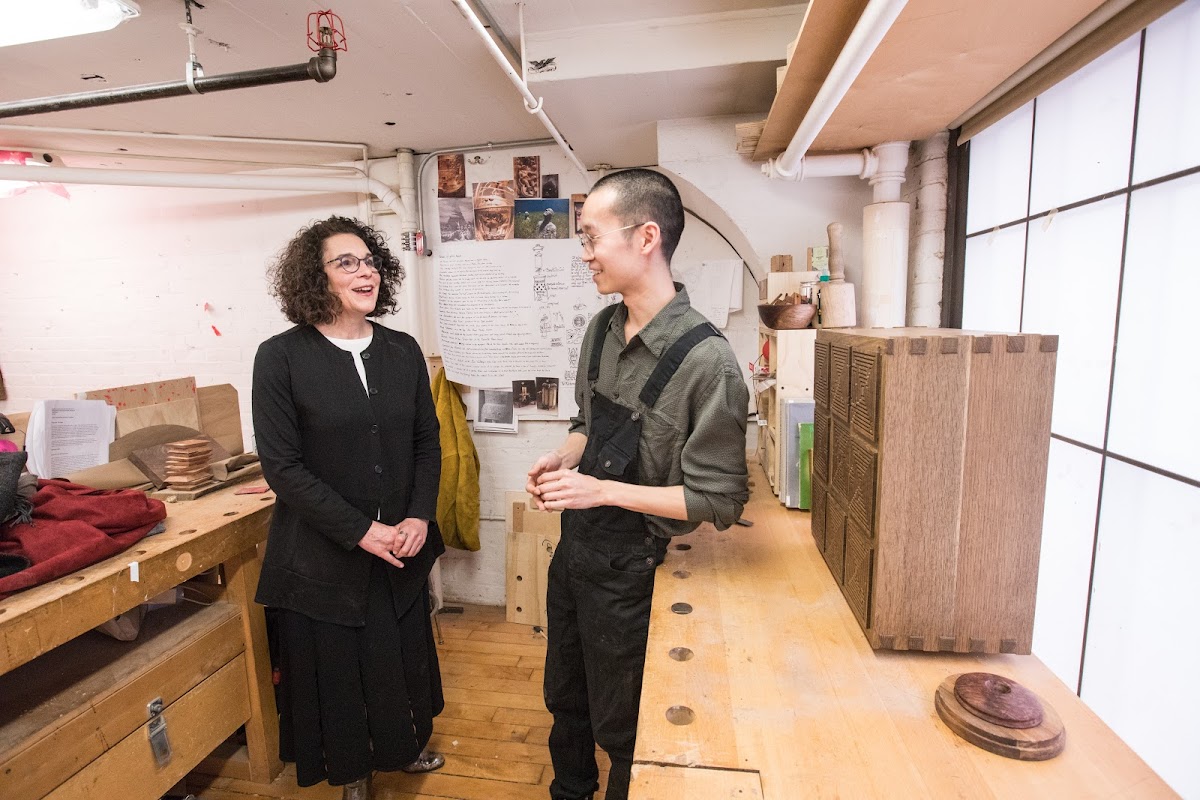
What’s your background? When did you know you wanted to go to art school?
When I was young I’d make stickers for other kids and sell them for a quarter after school. I’d take “commissions”: “Do you like dragons? I can draw a dragon!” I’d cut it out, put some tape on it like, “look! It’s a sticker!” But I thought I would go into engineering or be a doctor until I took classes at the local art institute before my junior year and realized how much I like making art. After that I received a scholarship to go back the following summer and thought, “people also like what I’m doing. Maybe making art can be what I do.”
When I discovered RISD I was infatuated—the programs, quality of student work, what alums are doing. It really pulled me in. But I also learned that it’s really hard to get into, so I treated it like my reach school. I prepared to go anywhere else and... then somehow I got in.
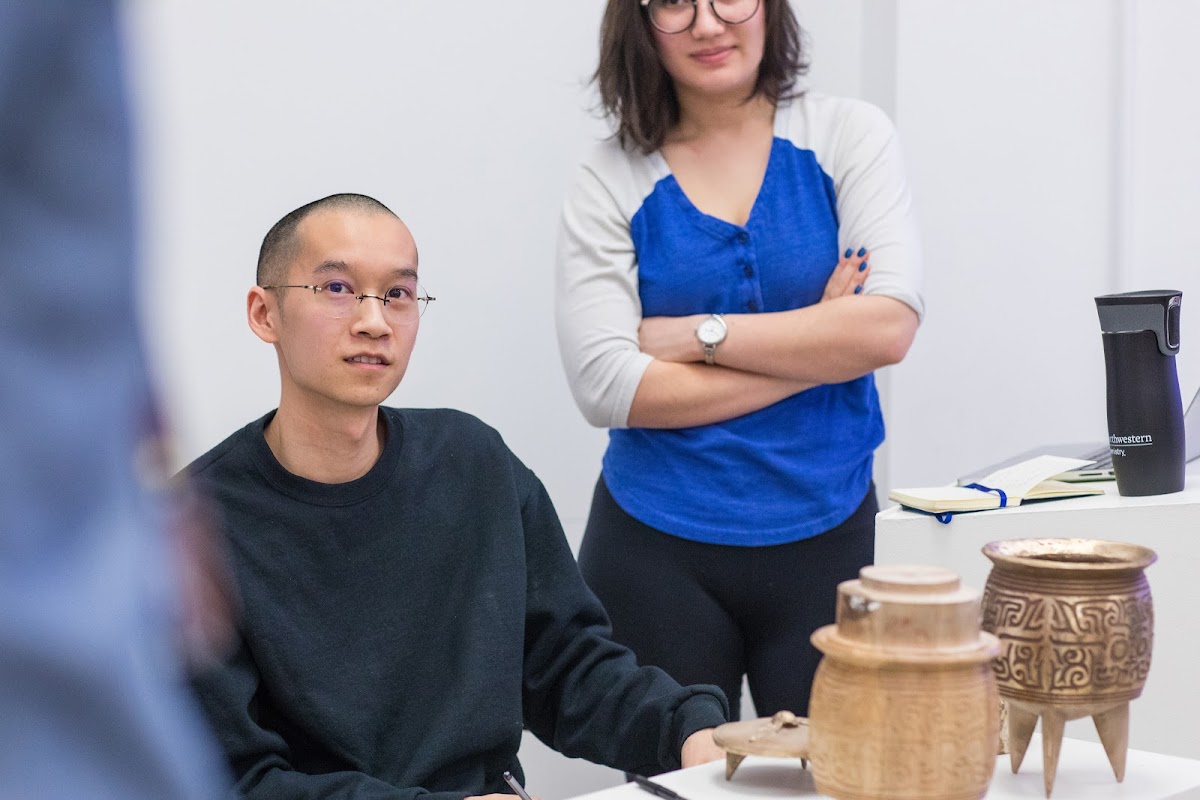
“A realization came that I’m going to be a maker in the art and design field. There’s a lot of responsibility and privilege that comes with that.”
What was foundation year like? Did you sleep?
I made sure I slept as much as I could. I pulled a couple of, not all-nighters, but more like 3 am-ers. The next day I would be completely useless, so I quickly realized I couldn’t make that my work schedule.
Foundation year was completely transformative though, specifically Spatial Dynamics with Jonathan Bonner MFA 73 SC. That’s what got me thinking, yeah, 3D, that’s my stuff.
Did you experience any culture shock that first year?
I noticed a little bit of Midwestern charm wasn’t here. Like, big one: “hey, how’s it going?” does not mean someone wants to know how your day has been. Nope, it’s just a quick hello.
But you get used to it, right?
Yeah—and now I do it! People also talk a lot faster here, so now when I go back home or talk to my parents I find myself waiting for people to finish their sentences.
Why did you choose to study furniture design?
I thought I was going to major in Industrial Design, so I took a studio in Furniture Design with Tyler Inman MFA 06 FD during my first Wintersession while I had the opportunity. But then I really liked the class and thought, “dang, here we go: this is what I want.” And I ended up taking two more courses and an independent study with Tyler, and worked with him over a summer. That class was the beginning of an important relationship.
“When you encounter problems [in the studio] you can walk 10 feet and get very honest feedback... I’m going to miss that a lot.”
Did you have other faculty mentors? What about your peers in Furniture Design?
The faculty has given me different ways to think about my design work. Yuri Kobayashi [who teaches Sophomore Design Methods] is such an incredible craftsperson who gives you so much technical skill right at the start. That’s something you really benefit from later on. [Department Head] Lothar Windels BID 96 teaches you to think about design process as a real process: from idea to drawings to prototyping and finally making.
The students in Furniture Design have been even more important to me. You’re in the studio together until who-knows-when, so when you encounter problems off-hours you can walk 10 feet and get very honest feedback about what you’re doing. That’s a great sounding board. I’m going to miss that a lot.
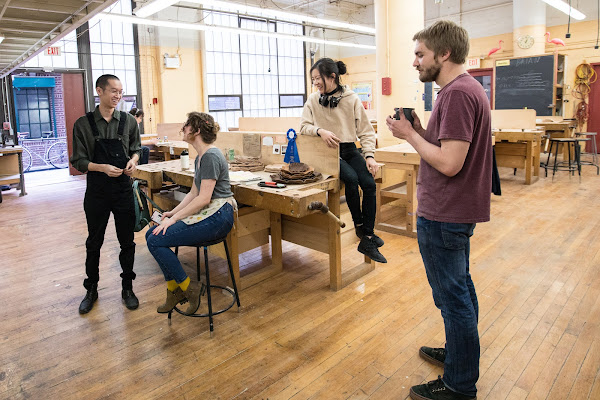
Did you encounter any major hurdles at RISD?
The biggest thing has been considering my own place as an artist and a maker, here and in the world. During my first two years I thought, oh, I’m just an art student, but then a realization came that I’m going to be a maker in the art and design field. There’s a lot of responsibility and privilege that comes with that. That became visible to me at RISD because I’ve been surrounded by so many great artists and critical thinkers.
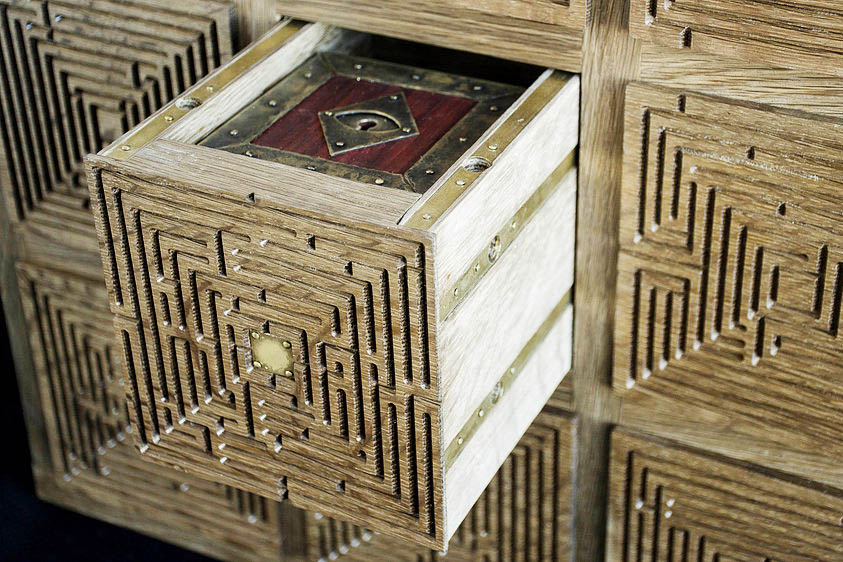
Can you say more about the puzzle furniture you’re planning to make as part of your Windgate Fellowship?
I see a lot of parallels between magic and puzzles, and between the way people deduce information about artifacts and how they solve puzzles: You gather information and notice details and are rewarded for your inquiry. Solving a puzzle is its own kind of magic through which you reveal something or make a process possible.
Really, the crux of my work and my whole RISD experience is reflected in this idea. Nothing is as it seems.
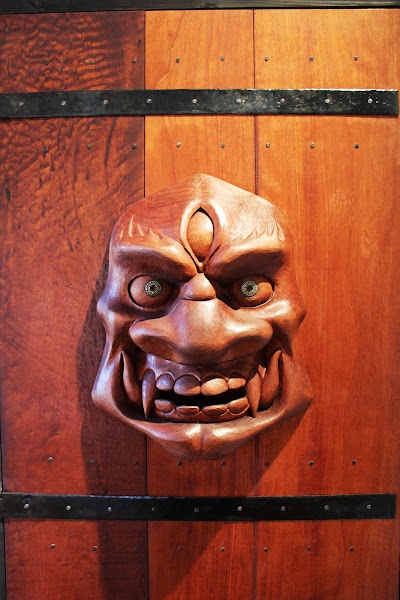
“Solving a puzzle is its own kind of magic through which you reveal something or make a process possible.... Nothing is as it seems.”
Have you thought about what you want to do after you complete the fellowship?
No idea. At the Fine Arts Portfolio Review someone from RISCA [Rhode Island State Council for the Arts] asked me about my “40-year plan.” That’s a big question! It knocked me back a bit, but also got me thinking about an end goal—something I’d love to do. For example, I’d love to make large-scale puzzle rooms—whole environments that embody magic and inquiry and the process of learning about objects. It would be a massive project, but if we’re talking about 40 years from now… . I don’t know how I’m going to get there but it’s something I’d love to explore.
Do you feel good about getting there?
Yeah? [Laughs] I don’t think it’s impossible. It’s like seeing the top of a mountain, knowing someone can get there, then asking, “Will that person be me?” and then thinking: I’m going to try. Who knows? Let’s find out.
—Robert Albanese / on-campus photos by Jo Sittenfeld MFA 08 PH
June 15, 2018